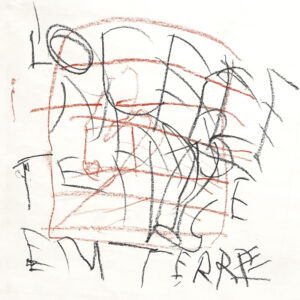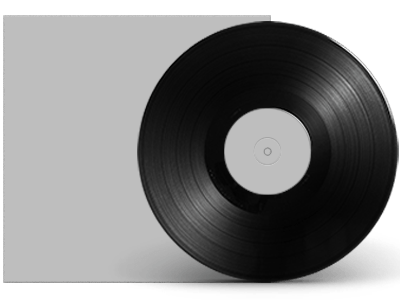
ALWIN NIKOLAIS – Choreosonic Music Of The New Dance Theatre Of Alwin Nikolais
Description
Choreosonics was the name of the music for the choreography of Alwin Nikolais – a unique theatre exposition that was described in the late 50s as “the new theatre of shape, motion, light and sound.” In 1953 Nikolais attracted people interested in new art to his dance concerts at the Henry Street Playhouse in New York City. In these con- certs dancers became colourful motivating sources for sculptural shapes; moving in changing atmospheres of light and sound their relationship carefully integrated into a new kind of audiovisual abstract theatre art. The sounds created for this were not con- ceived from traditional music points of view but were designed to share and support the total visual dynamics.
Such a creation was possible because of Nikolais’ background as a musician as well as choreographer. At sixteen he was playing piano and organ for the then disappear- ing silent films, improvising and coordinating music four to six hours daily to the dra- matic content of the movie. With this profession obsolete, he turned his skill into accom- paniment for dance. Through this his interests led to his study of percussion accompa- niment and exploration of new sounds. These ideas were stimulated by the kind of dance accompaniment introduced by the famous German dancer, Mary Wigman. This, in turn, induced Nikolais to study dance and ultimately to switch his career from musi- cian to dancer and choreographer.
Nikolais was soon heralded as one of the leading figures in modern concert dance, he is credited with bringing about revolutionary ideas opening up new vistas for dance and theatre. Nikolais’ activities were centered at the Henry Street Playhouse in New York. His work was created there with his assistant Murray Louis; sound engineer David S. Berlin; artist George Constant and members of his Playhouse Dance Company. All of whom had a hand in the final productions. Performances with names like Prism, Cantos and Totem were met with positive critical view for their multidisciplinary achieve- ments. While his collaboration with Harry Partch on The Bewitched established his name alongside another true maverick of American sound design and forward-thinking composition.
Some of Nikolais’ dancers were also trained as percussionists who improvised on a curious assortment of sound producing instruments and objects while other dancers worked through the choreography. David Berlin, who assembled and constructed the sound recording equipment, would operate from the sound booth from a window over- looking the stage. Nikolais would direct the experiments and improvising.
Within any performance there would be numerous tests of the original sound and their possible electronic conditioning, including many playbacks of short phrases tested to the dancers’ motion. When the sound phrase proved satisfactory the next cut was start- ed. Sounds were cut down, enlarged, replaced and then the whole piece would be linked together and given final editing much the same as a filming process. Nikolais generally tried to avoid any identification of the sound sources, thus inviting the ear to perceive the sound itself divorced from its initial derivation. This, however, was by no means a final criterion, the ultimate one being the value of the sound to the theatre idea at hand whatever its source or manner of conditioning was. The objects used to pro- duce these sounds were without limit except for practical material size. Within the col- lection many percussion instruments were used: drums of all kinds, rattles, bells, gongs, cymbals, wooden blocks, etc. Also whistles, tubes, pipes, pieces of wood, alu- minum, steel and tin containers were utilised alongs-ide glasses, elastic bands, coils of wire, etc. The back of an upright piano in addition to a grand piano were also often at hand. The human voice would be used freely, hand clapping, foot stomping and any sound producing device whatsoever that might served a purpose.
Tracks
01. Eruptions And Evolvements
02. Lythic
03. Illusional Frieze
04. Shivaree
05. Aeolus
06. Paraphrenalia
07. Lyre
08. Prismatic Forest
09. Fixation
10. Glymistry
11. Fetish
Product safety & manufacturer information
Related products
-

L`OCELLE MARE emps en terre
15,90 €
Includes 19% MwSt.plus shipping

